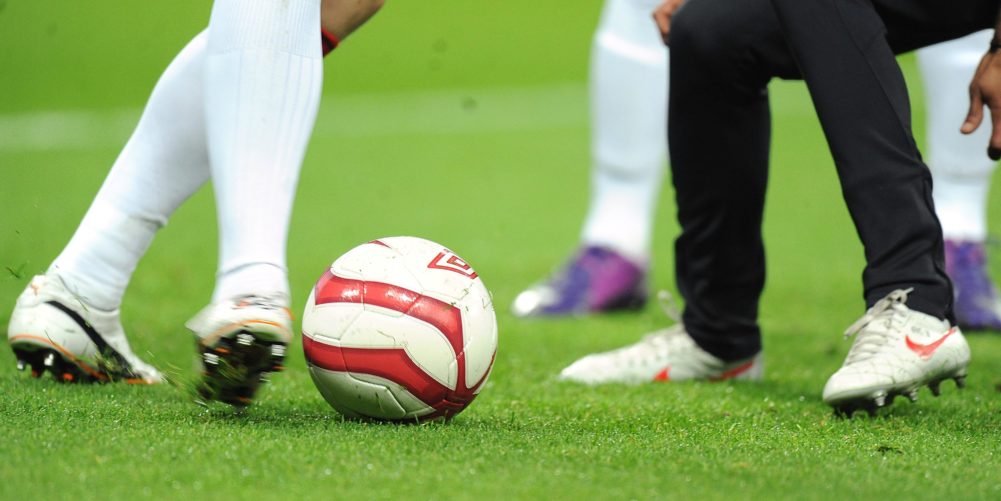If you’ve been a goalkeeper for a while, you’ve probably noticed how every new pair of goalkeeper gloves you buy tends to feel really stiff at first. Almost like how new shoes feel a bit firm and uncomfortable to start, but gradually soften and adapt as you break them in.
This guide explores some tips and tricks to break in a new pair of gloves so you can get the most from them as soon as possible.
Why Do You Need to Break in Gloves?
Before we look at the “How?” let’s first focus on the “Why?” Why is it that new goalkeeper gloves are always so stiff and why do you need to spend time breaking them in, instead of them feeling supple and comfy right from the start?
Well, it’s actually a good sign that new gloves are stiff, as it helps them last longer overall. If they were super soft and flexible right out of the box, they’d end up wearing down faster, so you’d have to spend more money to replace them sooner.
The firmness is simply a result of tried and true manufacturing techniques. It’s a sign that the gloves are fresh, new, and ready to mould themselves around your hands and match your style of play. So, rather than seeing it as a problem, it’s best to look at it as a positive.
Often, new gloves also come with a little film layer on the latex, which helps to guard against dust and dirt. That layer, too, adds to the rigidity, but it’ll soon wear off as you start to train and play in your new goalkeeper gloves.
Tips for Breaking in Your Gloves
Now, let’s focus on how to break in your gloves and get them feeling flexible and comfy as quickly as you can.
Give Them a Quick Rinse
Once you take your gloves out of the box or bag they came in, a great first step towards breaking them in is actually not to put them on right away. Instead, take a moment to give them a quick rinse.
Use warm water across the palms of your gloves and then let them dry out naturally (but not in direct sunlight) before you put them on. Or, if you really want to wear them as soon as possible, just dampen the palms lightly and let them dry for 10-15 minutes before you use them.
The water will help to wash away the protective layer, as well as any surface dust or dirt from the factory. It’ll also activate the latex, which should make your gloves feel a little more flexible right away.
Put Them On and Wiggle Your Fingers Around
Another simple and effective way to break in your goalkeeper gloves is to put them on. The more time they spend on your hands, the faster they’ll break in and start to fit snugly around your hands and fingers. It’s just like wearing a new pair of shoes helps to break them in, too.
You don’t even necessarily need to play any football or do any training. Just put the gloves on in the comfort of your home and move your hands around the way you would when playing a game. Wiggle your fingers, flex your wrists, try to make a fist, or actually hold a ball for a little while.
Wear Them for Training
Arguably the fastest method to break in new gloves is to train in them. This is the most intensive and effective activity you can do with a new pair of gloves, as it’ll involve holding, gripping, saving, and throwing the ball repeatedly in the same manner as you would in a match, and the gloves will quickly contort into a lot of different positions.
Just try not to overdo it. When gloves are new and stiff, it may be a little trickier for you to bend the fingers and palms as you would like to make saves. For example, you could end up injured if you try to pull off a fingertip save with overly stiff gloves, so try to keep your training relatively light until the gloves have softened up.
No Need to Rush When Breaking in Your Gloves
There you have it – three proven methods for breaking in new gloves quickly. But remember, there’s really no need to rush with this process. It won’t take long at all for your gloves to soften up through natural use, and they should feel perfectly comfy in no time.
So, instead of rushing through things, it may be best to simply take the time to appreciate your new gloves and let yourself adapt to them naturally.




















